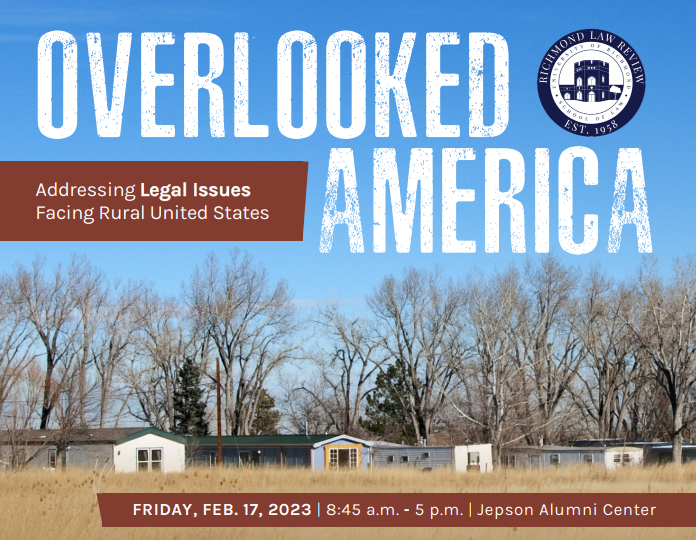
Executive Order 14036: Promoting Competition?
Read Full Article (PDF)
Executive Order 14036: Promoting Competition?
Four million Americans left their jobs in July 2021. By the end of that month, the number of open jobs reached an all-time high: 10.9 million. Employees are walking out the door in record numbers as part of a trend so remarkable, we even gave it a name: the Great Resignation. With 4.3 million Americans quitting their jobs in January 2022 and 11.3 million job openings, the Great Resignation is only gaining momentum and showing no signs of slowing down.
And as a consequence of employees exiting in droves, employers are hurting. According to The Work Institute, turnover costs employers approximately thirty-three percent of an employee’s annual salary. Other estimates indicate it could cost as much as 1.5 times a worker’s salary. The cumulative effect of so many workers leaving means employers are taking a serious hit; two experts estimate that employee turnover costs American businesses approximately $1 trillion. Employers need a way to stop the bleeding and mitigate the significant losses they have already incurred. Covenants not to compete can do just that: they allow employers to protect their assets and prevent situations like what we are seeing currently with companies hemorrhaging money due to a mass exodus of employees.
To make matters worse, some studies show a direct correlation between quitting rate and inflation; as the number of workers quitting their jobs increases, the rate of wages and prices also increases. In this situation, workers who are not bound by a noncompete may decide they want to leave their jobs and start looking for opportunities to work elsewhere. They could be enticed by a rival company who is willing to pay them more, and if their current employer values and wants to keep them, they will feel pressured to pay the employee more to retain them. So “[i]n this context, if employed workers search more, wage competition among employers increases, leading to an increase in inflationary pressures; if they search less, wage competition falls and inflationary pressures decrease.” In other words, enforcing noncompete agreements can lead to lower rates of inflation and a better economy.
Given that covenants not to compete were designed for such a time as this, with prices increasing faster than they have since 1982 and employees exiting in record numbers, it only makes sense that employers have been enforcing these covenants more frequently. Surveys show that lawsuits involving noncompetes and trade secret agreements have approximately tripled since the year 2000. This increase in enforcement has garnered widespread attention with states across the country rethinking their laws regarding covenants not to compete and culminated in President Biden calling for regulation at the federal level with Executive Order 14036, “Promoting Competition in the American Economy.”
No question—a lot of people are talking about noncompetes right now, and many have very strong opinions on both sides of the issue. But before we can move forward and decide whether covenants not to compete are a good or bad idea for employers, employees, and the overall economy, we must first go back to the beginning and understand their history.
Holly E. Fredericksen *
* J.D., 2023, University of Richmond School of Law.





